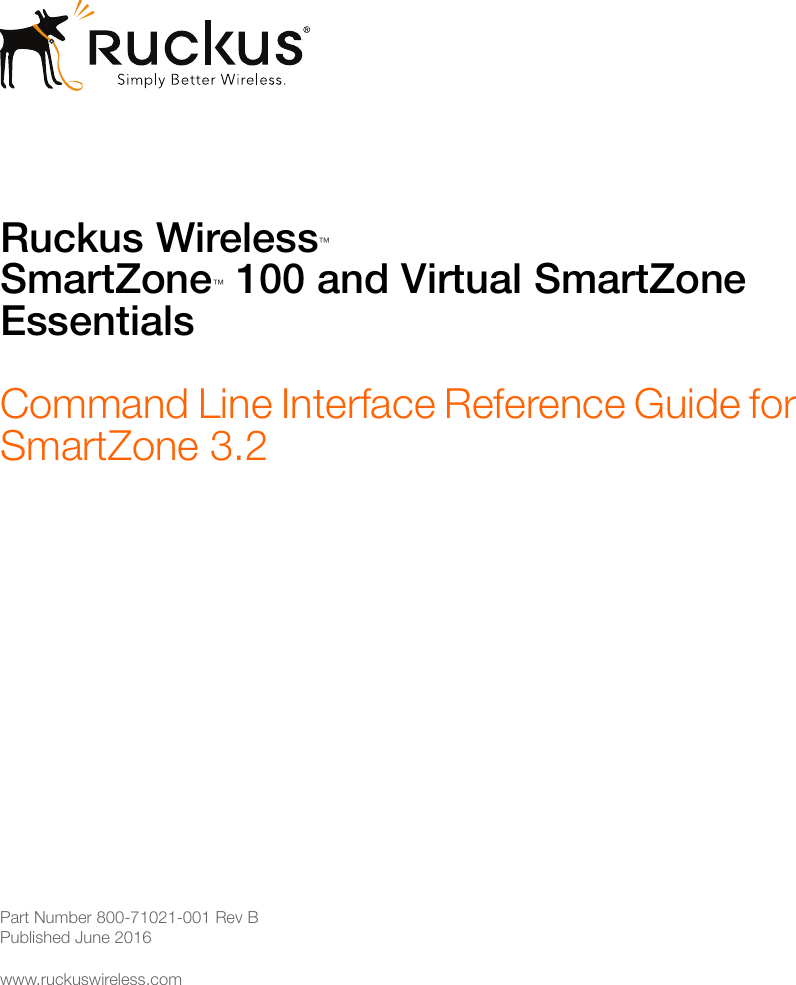
- #Selenium web serial port how to#
- #Selenium web serial port install#
- #Selenium web serial port software#
- #Selenium web serial port code#
- #Selenium web serial port password#
#Selenium web serial port code#
This example code was written by Sollae Systems. the Uno, and pins 10, 50, 51 and 52 on the Mega. Arduino communicates with PHPoC Shield via pins 10, 11, 12 and 13 on
#Selenium web serial port how to#
This example code shows how to use "Web Serial Plotter". - Web Serial Plotter is easily customizable via a setting page. - Web Serial Plotter can be accessed from any OS (Android, iOS, Windows, Plotter is accessed on Arduino IDE through USB cable ). - Web Serial Plotter is accessed on web browser through Internet (Serial net wrapper for selenium which can be used in VBA and VB.net and that is the wrapper we are going to use in this tutorial. Boring web-based administration tasks can (and should) also be automated as well. Arduino IDE, except for the following points: Primarily, it is for automating web applications for testing purposes, but is certainly not limited to just that. Web Serial Plotter is similar to Serial Plotter on contain some buit-in embedded web apps. These Shields have the buit-in web server and WebSocket server. PHPoC Shield and PHPoC WiFi Shield are Internet Shields for Arduino Uno and


The following function receives incoming messages sent from the web-based serial monitor.
#Selenium web serial port password#
Insert your network credentials in the following variables: const char* ssid = "REPLACE_WITH_YOUR_SSID" // Your WiFi SSIDĬonst char* password = "REPLACE_WITH_YOUR_PASSWORD" // Your WiFi Password Handling Received Messages Initialize an AsyncWebServer object on port 80 to set up the web server. #include Ĭreate a variable called LED for the built-in LED on GPIO 2. #include įinally, the WebSerial library provides easy methods to build the web-based serial monitor. The WebSerial library uses the AsyncTCP and the ESPAsyncWebServer libraries to create the web-based serial monitor. The WiFi.h library is needed to connect the ESP32 to a Wi-Fi network.

This example also works in access point mode. In this example, the ESP32 is in station mode. This sketch is based on the WebSerial library example: ESP32_DemoĬonst char* ssid = "REPLACE_WITH_YOUR_SSID" // Your WiFi SSIDĬonst char* password = "REPLACE_WITH_YOUR_PASSWORD" // Your WiFi Passwordīefore uploading the code to your board, don’t forget to insert your network credentials. You can send the message ON to light up the board’s built-in LED or the message OFF to turn it off. Additionally, you can send messages from the web-based serial monitor to the board. Such a device can be: a weight indicator, a modem, a scanner, or any other device that is equiped with a serial port.

#Selenium web serial port software#
ActiveXperts Serial Port Component is a software development kit (SDK) that enables the user to communicate to a device over a serial interface. This example prints Hello! to the web-based serial monitor every two seconds. Using ActiveXperts Serial Port Component with HTML forms on a client PC. We’ve modified the example a bit to make it more interactive. The library provides a simple example about creating the Web Serial Monitor to output and receive messages. lib_deps = ESP Async WebServerĪyushsharma82/WebSerial ^1.1.0 ESP32 WebSerial Example If you’re using VS Code with the PlatformIO extension, copy the following to the platformio.ini file to include the libraries. Then, in your Arduino IDE, go to Sketch > Include Library > Add.
#Selenium web serial port install#
To install these libraries, click on the previous links to download the libraries’ files. Click the following links to download the libraries’ files. You also need to install the ESPAsyncWebServer and the AsyncTCP libraries.


 0 kommentar(er)
0 kommentar(er)
